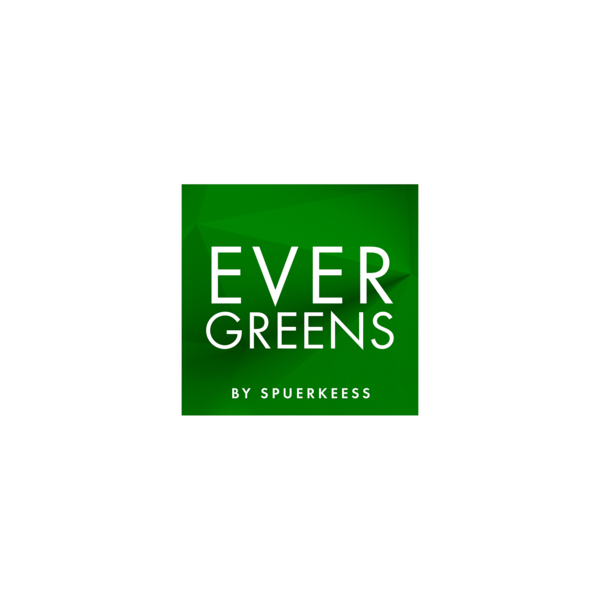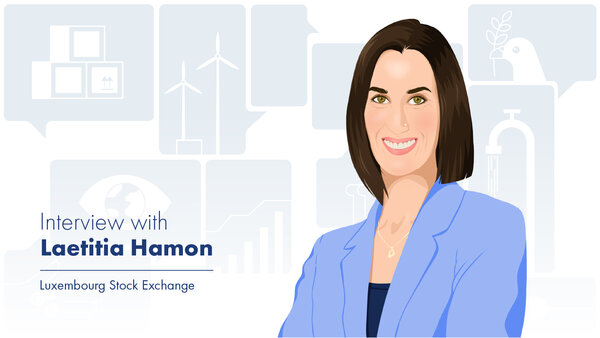Can you tell us about companies' main needs and the challenges they are facing in terms of sustainability?
For years, never-ending, ever-changing regulations have imposed a number of criteria and data requirements on companies, which take a considerable amount of time to implement. In addition to the problems of standardisation, there has been criticism on “greenwashing”. Under the European Green Deal, the aim is to accelerate the transition to a more sustainable and resilient economy, through an ambitious strategy and directives to direct financial capital towards funding this transition. The Corporate Sustainability Reporting Directive (CSRD) was introduced to simplify access to ESG data and create greater transparency. This enables capital to be redirected towards sustainable projects and accusations of “greenwashing” can be tackled through the imposition of clearer standards.
What is the role of the financial sector, in particular banks?
Banks play a key role. The European Commission has asked banks to be the driving force behind the energy transition, directing funds towards sustainable projects. Spuerkeess is therefore providing its professional clients with a tool for collecting the data requested by various stakeholders, including banks. The European Central Bank is recommending that banks integrate ESG data into the process for assessing eligibility for loans and granting them. Even if small companies are not obliged to publish non-financial reports, there is a growing demand for sustainable products and services, particularly from younger people who are increasingly mindful of their environmental impacts. An SME that highlights its ESG efforts can become more competitive, stand out in the market and improve its reputation.
Spuerkeess launched its Transition Enabler programme in January 2025. Can you tell us more about this tool that you have tested with your clients?
The main objective of the Transition Enabler programme is to support our professional clients make the transition to a more sustainable economy. We do this by providing them with a digital tool that they can use to collect and centralise ESG data that may be requested by their stakeholders. In concrete terms, we tested a simplified ESG questionnaire, based on the VSMEs, with around ten companies of different sizes and ESG maturity levels. The ESG questionnaire is the starting point for determining ESG maturity, identifying any weaknesses and proposing concrete actions for improvement. In order to provide our clients with the best possible tools, we have created a Transition Enabler ecosystem with key sustainability players in Luxembourg. Based on the results of the questionnaire, our Relationship Managers guide clients to the right partners, based on their circumstances and needs. For example, if a client wants to conduct a carbon assessment, we can help them find the right person for that. Finally, this tool enables companies to better understand their strengths and weaknesses in terms of sustainability and to put concrete action plans in place in order to improve their ESG maturity over time.
In practice, how can an SME improve its sustainability practices? Should it contact its bank directly or the “House of Sustainability”?
It depends on the client, their circumstances and their point of entry. If the client is meeting with their advisor to apply for finance or update their records, the advisor will discuss ESG issues with them. They are then invited to complete our ESG questionnaire, so that the client can determine their ESG maturity, while guiding them towards the right partner in our Transition Enabler ecosystem. Some clients contact the “House of Sustainability” or the Chamber of Skilled Trades and Crafts (“Chambre des Métiers”) directly for ESG information. So it depends on the circumstances and when the client needs support. The most important thing is to start by assessing the client's current circumstances and to enlist the help of experts to put in place concrete, effective measures.
![[Translate to English:] [Translate to English:]](/fileadmin/_processed_/8/c/csm_428_EXP_Anne-Marie_Loesch-80_4ebe39b6cf.jpg)


![[Translate to English:] [Translate to English:]](/fileadmin/_processed_/9/7/csm_426_EXP_Romy_Reding_Spuerkeess_28mars25_f6a6df7a8f.jpg)
![[Translate to English:] [Translate to English:]](/fileadmin/_processed_/5/8/csm_SP_175_Illustration_422_EXP_Bertrand_Lathoud_Luxembourg_House_of_Cybersecurity_d8f6d97d0e.jpg)
![[Translate to English:] [Translate to English:]](/fileadmin/_processed_/f/5/csm_SP_171_Illustration_420_EXP_Philippe_Parage_CN3_77e5a0f32e.jpg)
![[Translate to English:] [Translate to English:]](/fileadmin/_processed_/8/7/csm_410_EXP_Luigi_Garofoli_Spuerkeess_6fe92987c1.jpg)
![[Translate to English:] [Translate to English:]](/fileadmin/_processed_/7/d/csm_417_RSE_Max_Didier_CDCL_ac53048797.jpg)
![[Translate to English:] [Translate to English:]](/fileadmin/_processed_/1/7/csm_416_EXP_Marco_Rasque_Da_Silva_Spuerkeess__1__33f3f45032.jpg)
![[Translate to English:] [Translate to English:]](/fileadmin/_processed_/9/a/csm_415_EXP_Stephanie_Damge_House_of_Entrepreneurship_ef4a4a81e8.jpg)
![[Translate to English:] [Translate to English:]](/fileadmin/_processed_/3/6/csm_414_EXP_Tom_Wirion_68ffad8a51.jpg)
![[Translate to English:] [Translate to English:]](/fileadmin/_processed_/0/7/csm_Jessica_Thyrion_ESG_080dab77d5.png)

![[Translate to English:] [Translate to English:]](/fileadmin/_processed_/6/2/csm_404_RSE_Elena_Fuzzi_Aude_Payan_KPMG__1__d37f342c7d.jpg)